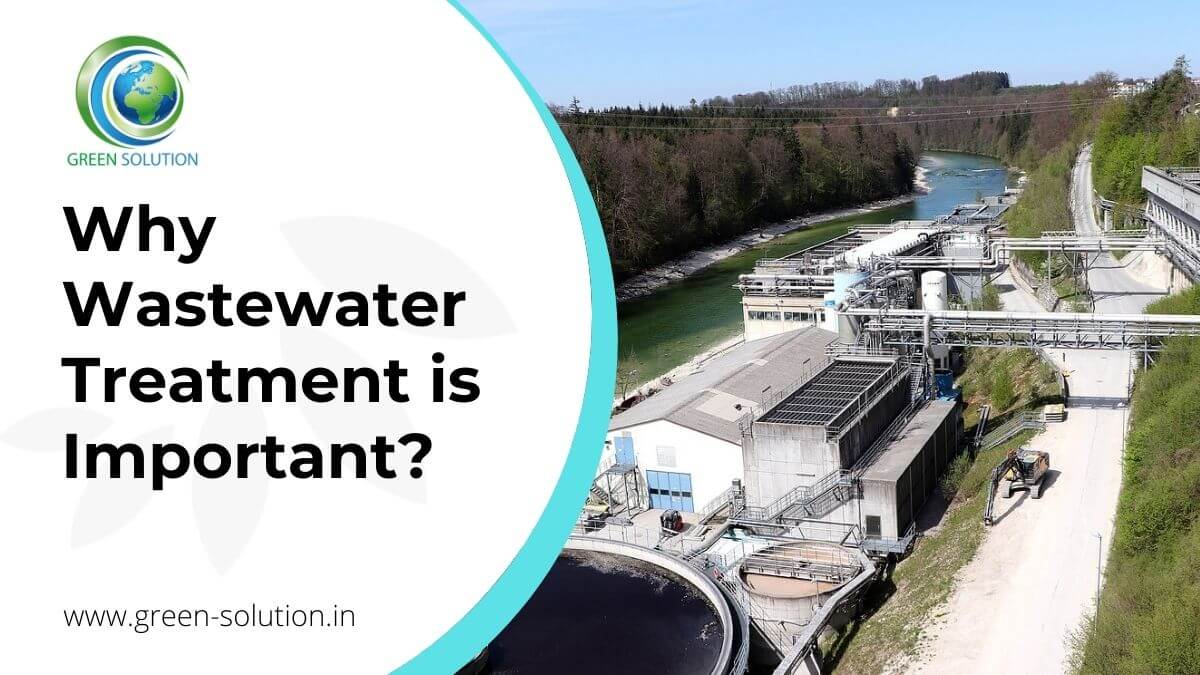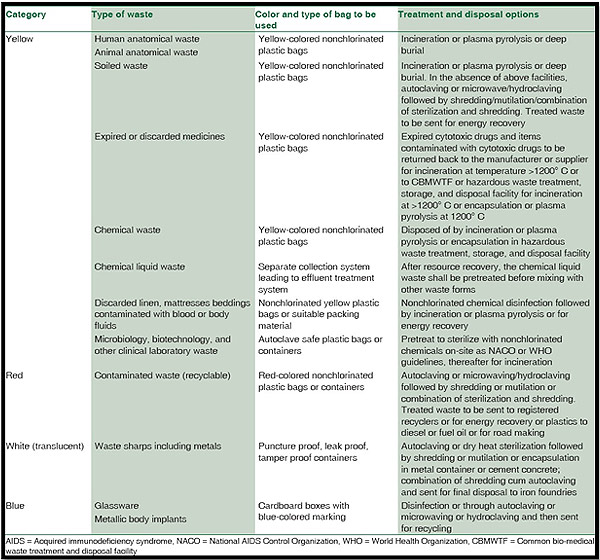Reclaim Waste - Questions

Never ever connect stormwater drains pipes to the sewerage system or sewage drains to stormwater. liquid waste disposal. This is unlawful! Stormwater drains take big amounts of water from roofs, buildings, land and paved areas after rain. Connecting bathrooms and various other domestic waste drains pipes to stormwater drains can lead to wastewater flowing down open rain gutters.
Never ever put unsafe compounds down sinks, commodes or stormwater drains Substances consisting of petrol, grease, oil, chemicals and herbicides, and solvents such as paint strippers should not be poured down sinks, commodes or stormwater drains. These substances are tough to remove in the sewer therapy procedure and create air pollution issues in our regional rivers.

Use eco-friendly and phosphate-free detergents or soap Cleaning agents that are phosphate totally free include fewer nutrients to the sewerage system. Read and contrast detergent and washing powder labels at the grocery store, and pick items that are a lot more eco-friendly. Utilize pure soap or soap flakes for cleaning or try natural items such as borax, vinegar and antique elbow grease for cleansing.
Although liquid waste is a term that covers a wide range of materials, there's a great factor why leaving its disposal to the professionals is suggested. Fluid waste is non-solid material that has no more usage and needs to be dealt with and dealt with according to neighborhood, state and government regulations.
Indicators on Reclaim Waste You Should Know
Examples of liquid waste can include wastewater, fats, oils or grease, used oil, liquids, solids, gases or sludges and dangerous family fluids, there are some that are considered to be extra unsafe than others when it comes to the environment and the health of animals and human beings alike. It's because of this that each state and territory have strict guidelines connected to fluid waste monitoring.
Liquid waste can be saved in holding containers or packaged in drums, intermediate bulk containers or accepted tiny containers before either being dealt with or gotten rid of using outsourced vacuum cleaner trucks. Offered the nature of the materials, fluid waste can not enter the general waste stream and there are stringent laws on just how to deal with it correctly.
Depending upon a resolution of the level of threat, it might be essential to remediate those sites. On top of that, unsafe fluid chemical wastes are regulated waste and has to be tracked based on the state waste regulations. Under the chain of wardship and responsibilities, owners are liable and responsible for waste produced by a service.
One of the core applications for superabsorbent polymers (SAPs) is fluid waste solidification. liquid waste removal. SAPs are used by waste management professionals to avoid potentially harmful fluids from going into waterways, groundwater aquifers, and other sensitive settings. Due to the fact that liquids can rapidly carry pollutants right into ecological receptors and possibly add to geotechnical failings, fluid wastes are generally forbidden from disposal in land fills
Things about Reclaim Waste
Essentially, free liquids are liquids that divide from the strong part of waste material. Fluid waste can consist of the following: HDD mud and cuttings Landfill leachate Wastewater therapy sludge & biosolids Dredged sediments Oil and gas drill cuttings Settling fish pond filth Hydro Excavation slurry Coal combustion residuals/ash Tank base sludge Concrete grinding/polishing slurry Associated Write-up: For a useful example of cost-free fluids dividing from waste material, consider the following situation: A waste management professional lots a dump truck with sludge from a additional reading wastewater treatment plant's aeration basin, during a regular maintenance occasion.
When the chauffeur arrives at the garbage dump, he notifications water seeping from the sludge and pouring from the dump truck. The tons was denied by the landfill and the chauffeur was forced to deal with the waste as a fluid waste at a special facility, which raised the disposal charges significantly.
The world is sinking in rubbish and we can not manage to be untrustworthy anymore. We need to do something about it and reuse whatever we can any place we can. We additionally need to be responsible for the proper disposal of our waste materials. It is inadequate that we pay garbage disposal firms to look after our rubbish.
The 9-Minute Rule for Reclaim Waste

The excellent area is a good outside space with lots of sunlight and air. Segregate your waste. Segregating your waste can begin inside the home. Set apart dry and fluid waste as well as edible waste, naturally degradable and non-biodegradable materials. Constantly keep the lid on your bins to avoid pests, worms, flies, and undesirable smells.
Layer the base with soil to take in the wet waste. Layer the compost with wet and dry waste as well as dirt to maintain a balance in between the wet and the dry.
The Best Guide To Reclaim Waste
To promote faster decomposition, you can additionally add semi composted soil to the compost. If you discover the odor is ending up being too strong, include added papers and paper waste or add even more openings to the compost container to maintain the balance of the waste materials.
The world is drowning in rubbish and we can not pay for to be irresponsible any longer. We have to take action and recycle whatever we can wherever we can. We also need to be accountable for the appropriate disposal of our waste products. It is not sufficient that we pay waste disposal business to deal with our rubbish.
Our waste, our obligation. Have you ever before wondered what takes place to your fluid waste after it's accumulated? Did you understand that fluid waste can be reused? As liable citizens, you should comprehend what happens to your rubbish and where it goes after it is taken away from you. Understanding the fluid waste elimination process is necessary in aiding you to segregate your waste.
How Reclaim Waste can Save You Time, Stress, and Money.
Segregating your waste can begin inside the home. Set apart dry and fluid waste as well as edible waste, eco-friendly and non-biodegradable products.
You can utilize old trash can, container, garden pot or old plastic drums. Pierce four to 5 holes in the container so the air can flow. Layer the bottom with soil to soak up the wet waste. Begin the composting process. Layer the compost with damp and completely dry waste along with soil to keep a balance in between the wet and the dry.
Cover the compost bin. When a week, include soil on top of the compost. To facilitate faster decomposition, you can also add semi composted soil to the garden compost. Preserve the garden compost. If you observe the smell is ending up being too solid, include additional newspapers and paper waste or include more openings to the compost container to maintain the equilibrium of the waste products.
Comments on “Reclaim Waste Things To Know Before You Get This”